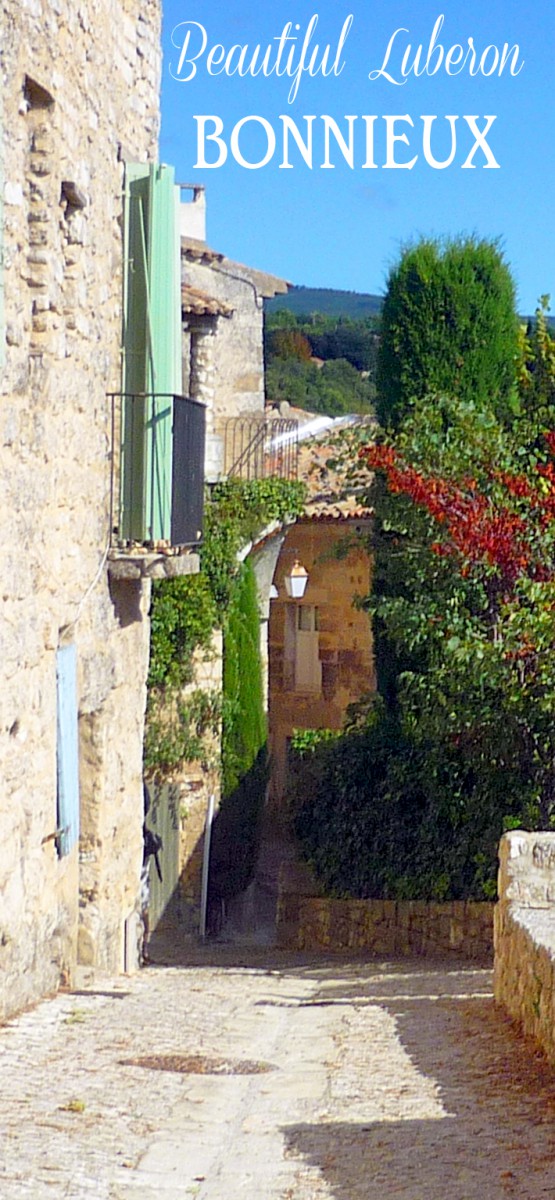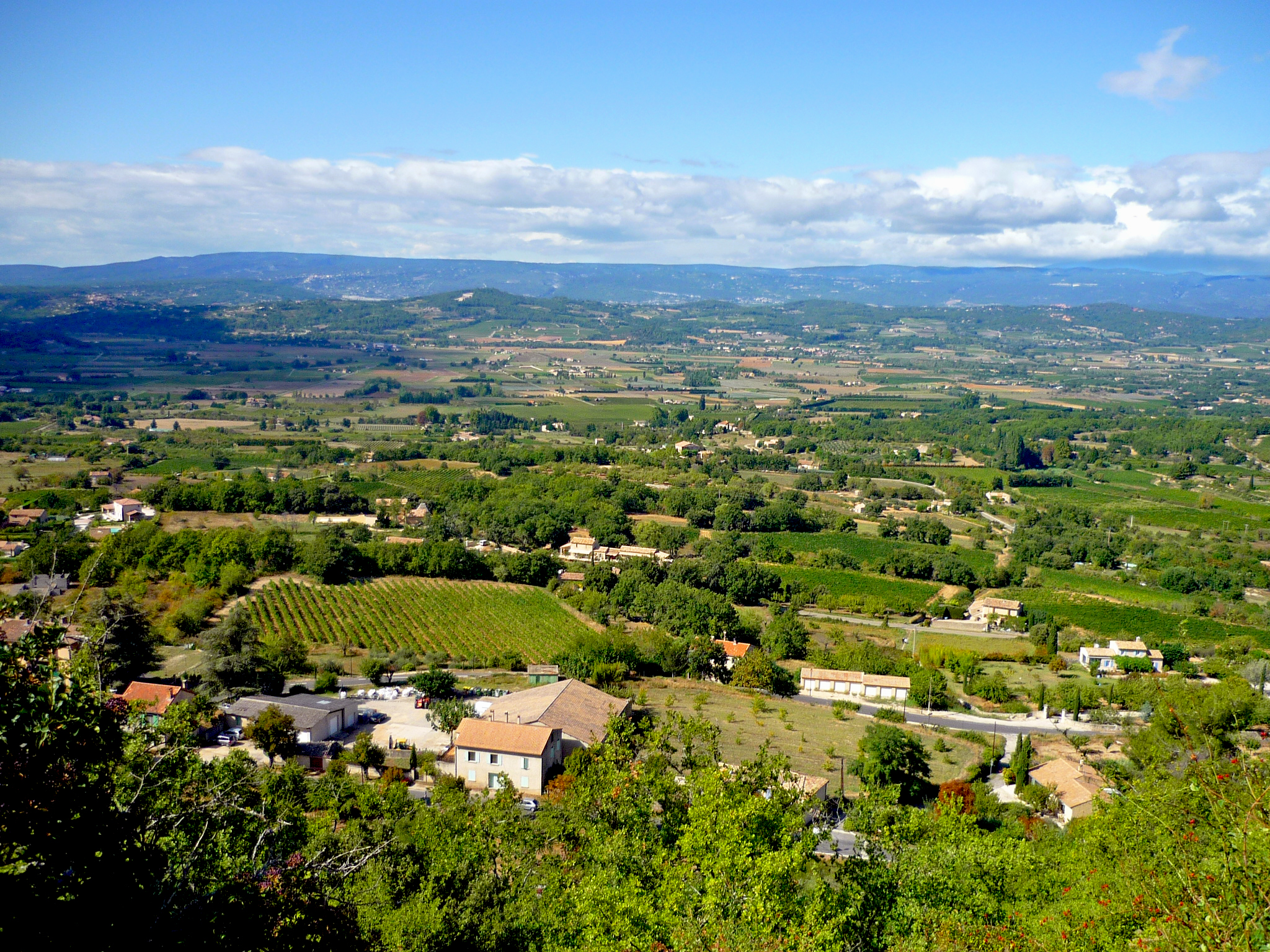The Luberon is a protected mountainous region in the département of Vaucluse, in the southeast of France, which shelters a huddle of charming villages. Let’s discover some of its most beautiful sites.
About the Luberon region in Provence
The Luberon, adored by French author Marcel Pagnol, was Samuel Beckett’s refuge during the Second World War and a favourite of British author Peter Mayle. The latter described the area with justified enthusiasm in several books, particularly in the “Year in Provence” series.
The area deserves attention not only for its natural diversity, for which it has been granted the status of Natural Regional Park, but also for its picturesque villages.

The Luberon is located about 70 km north of Marseille, between the département of Alpes de Haute Provence on the east and Vaucluse on the west.
The region is about 60 km long and 5 km wide. It culminates at Le Mourre Nègre at 1,125 m (3,691 ft), the peak of Grand Luberon.
The Luberon also includes:
- Petit Luberon, which is 700 m (2,297 ft) high, comprises the areas of Cavaillon, Apt and Lourmarin and
- Luberon Oriental on the east ranges from 280 to 976 m (919 to 3,202 ft).
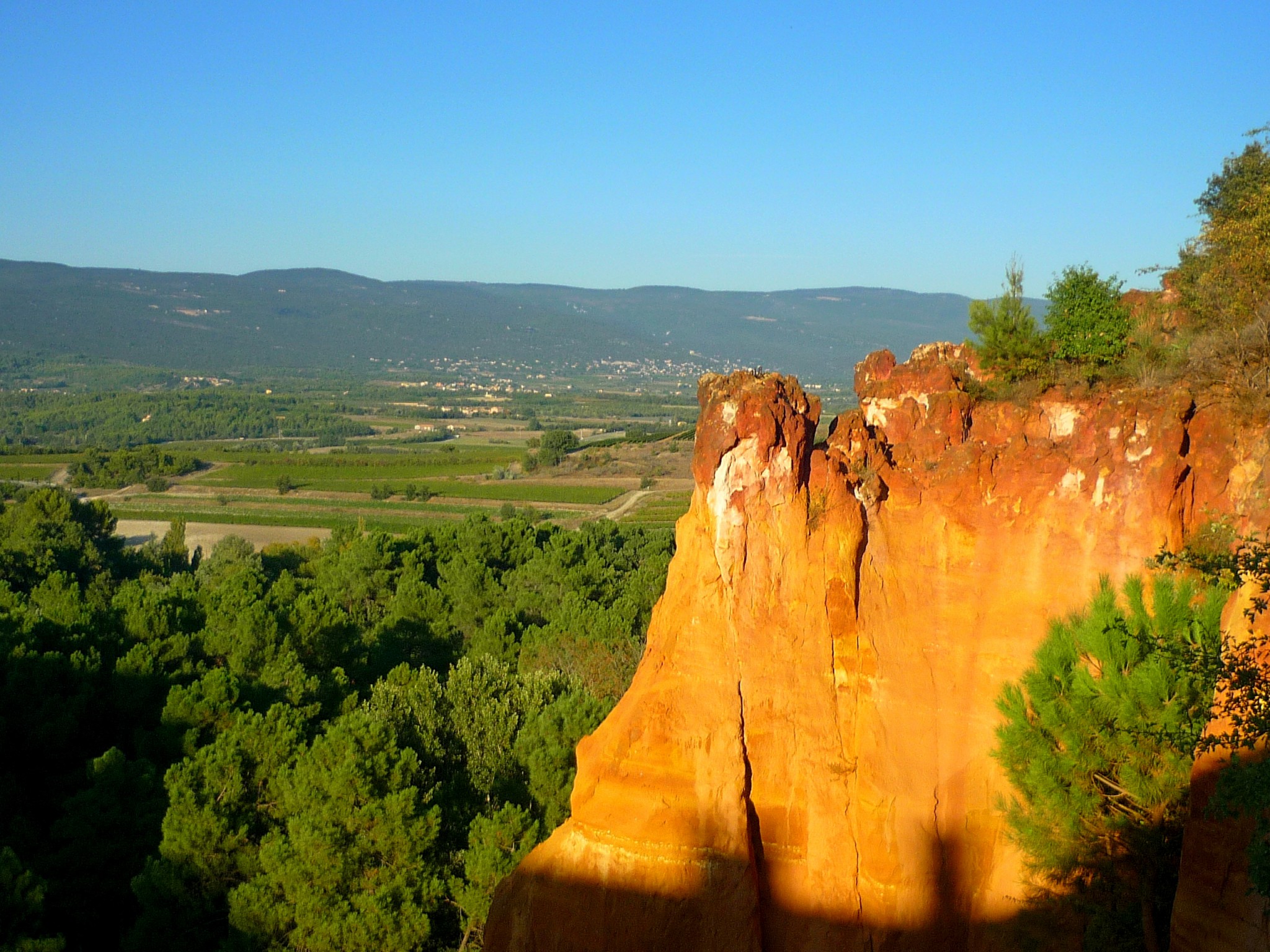
The entire Luberon area is subject to seismic activity. Two earthquakes, one in 1887 and the other in 1909, hit the region.
Its chalky earth and dry Mediterranean climate produce a multitude of different ecosystems irrigated by:
- the Calavon River to the north and
- the Durance River to the south.
Its flora and fauna are halfway between the Alps and the Mediterranean, combining olive, cherry and almond trees, vineyards, silkworm and goat breeding, and beekeeping. Such diversity delights painters, hunters and ramblers.
Luberon’s most beautiful sites
The Luberon has some charming villages that enjoy the title of “the most beautiful villages in France.” Some are world-famous: Gordes, Lourmarin, Ansouis, Roussillon, and Ménerbes.
Cavaillon
![General View of Cavaillon © Jean-Marc Rosier - licence [CC BY-SA 3.0] from Wikimedia Commons](https://frenchmoments.eu/wp-content/uploads/2012/11/General-View-of-Cavaillon-©-Jean-Marc-Rosier-licence-CC-BY-SA-3.0-from-Wikimedia-Commons.jpg)
Cavaillon (pop. 25,800) lies at the Luberon Natural Regional Park entrance. It is an old Episcopalian seat and the self-proclaimed capital of melon production, though melons are no longer grown there but imported.
The town is at the foot of Saint Jacques hill (180 m high), opposite the Luberon and the Alpilles range in the southeast.
It was not until the construction of the suspension bridge in 1830 that the only crossing point across the Durance (by ferry boat) was established. The crossing of the Durance at Cavaillon by ferry dates back to Ancient Times, and its service ended in 1943.
An ancient site
The area was occupied from prehistoric times. The Saint Julien canal runs through the town, which is full of Roman ruins. You can discover the remains of the Roman baths and the triumphal arch, which dates back to the first century A.D.
To the north, you can explore storage wells and crypts. In addition, there are remains of old fortifications, the biggest of which is the Avignon Gate. Finally, there are Gallic oppida on the Saint Julien mount. A whimsical anecdote about Cavaillon is that Alexandre Dumas offered his entire book collection to the village in exchange for 12 melons a year.
Oppède
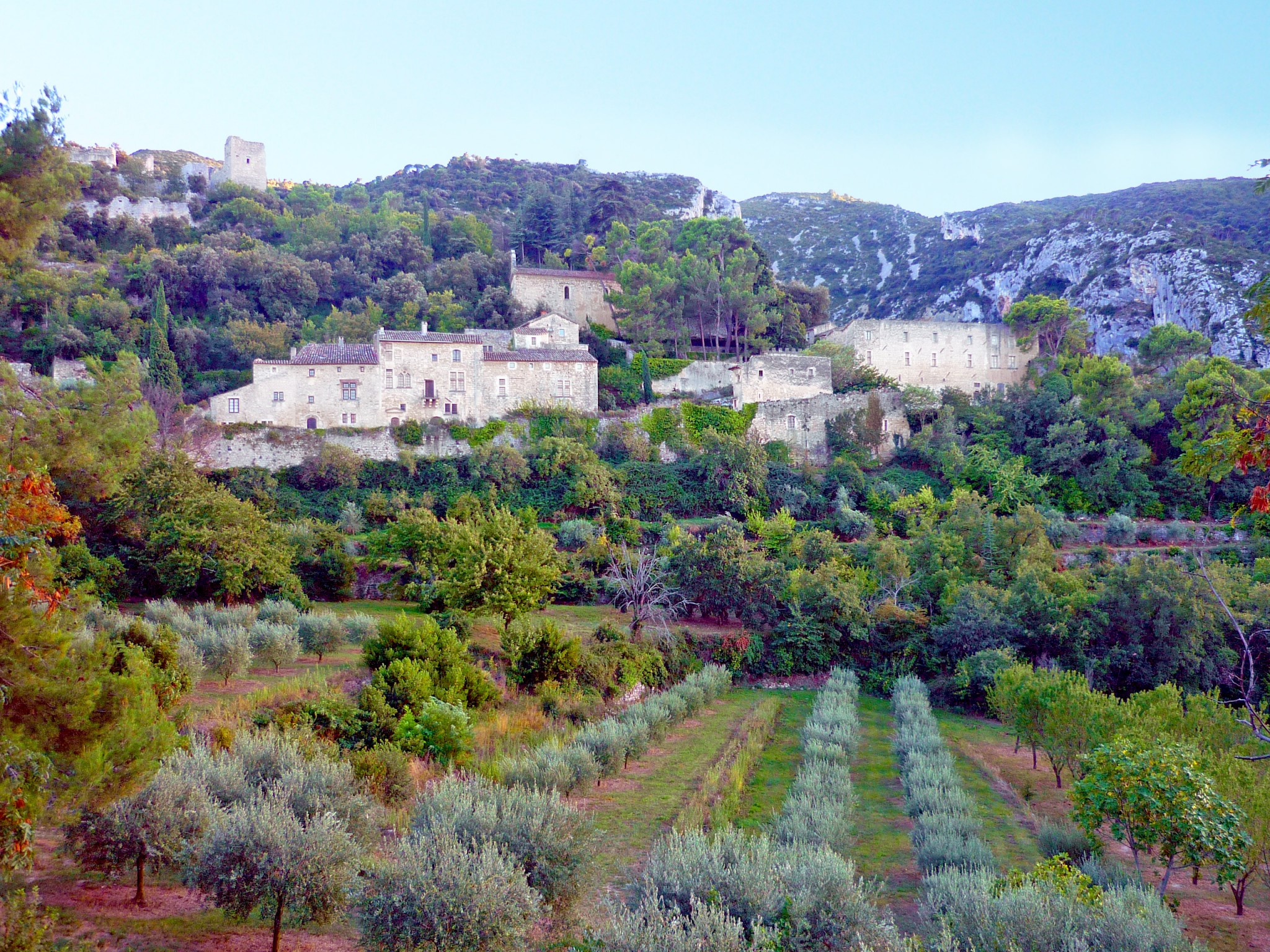
The territory of Oppède comprises three parts:
- the Luberon Mountain,
- the hills around the mountain and
- the bed of the Coulon River.
The name Oppède appeared for the first time in the 11th century. However, the site’s occupation can be traced back to early Roman times. Oppède belonged to the Popes until the 14th of September 1791. Interestingly, its quarries supplied the stone used to build the Palais des Papes in Avignon.
Oppède has monuments that make the trip to the village worthwhile. These are the Saint Augustin oil mill, the Gothic and Romanesque church of Notre Dame d’Alidon, the medieval castle ruins, some townhouses dating back to the 15th and 16th centuries, and two chapels. Not to mention the beautiful gardens of “les Terrasses de Sainte Cécile.” Oppède celebrates the grape harvest on the third weekend of October.
Find out more about Oppède-le-Vieux.
Ménerbes
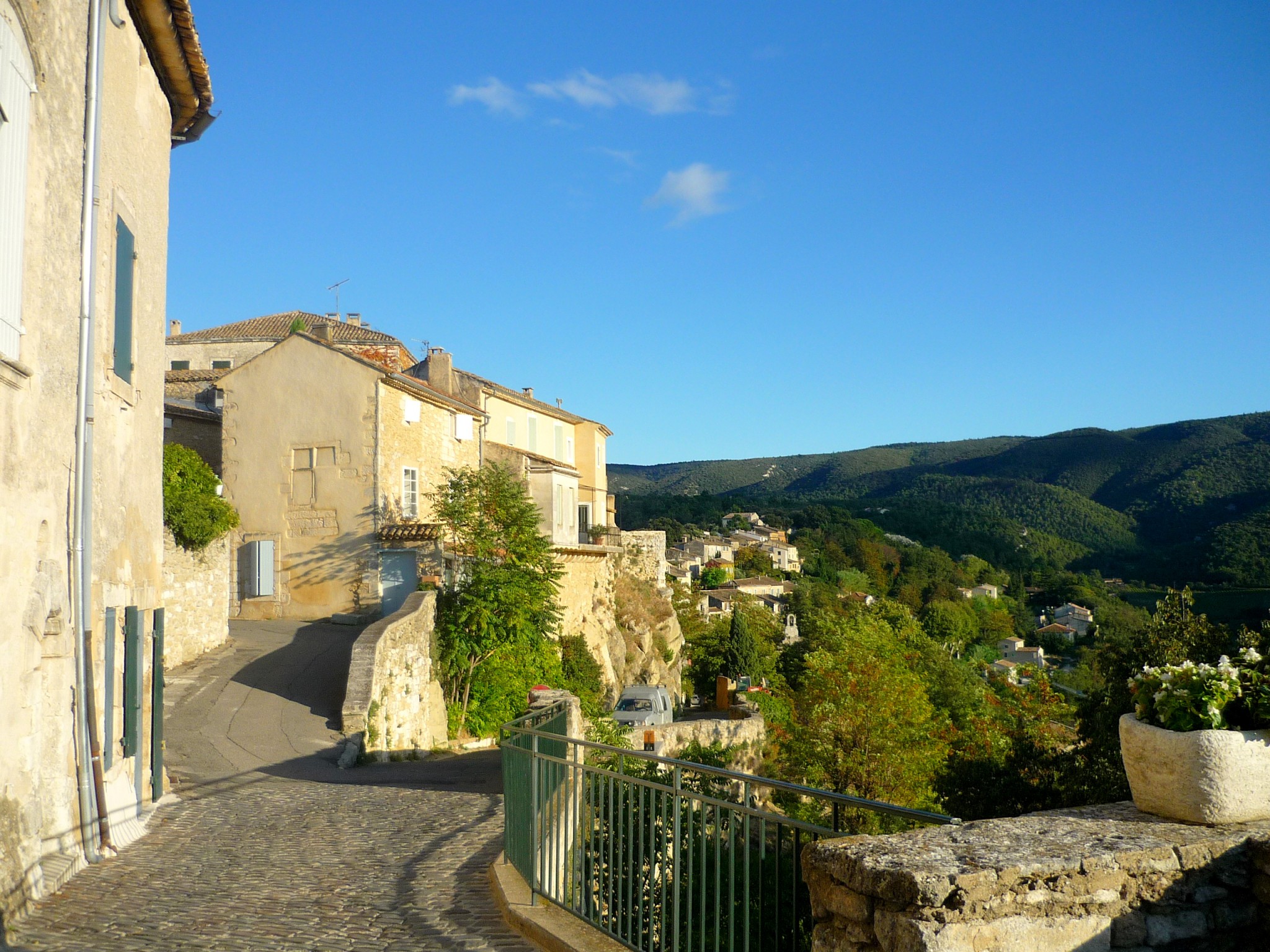
The old village of Ménerbes lies on a rocky spur 230 metres above sea level. It reaches the top of Petit Luberon in the south and spreads downwards to the Calavon River in the north.
Ménerbes is famous thanks to Peter Mayle’s bestseller book “A Year in Provence”. This autobiographical story humorously describes his settling in the village of Ménerbes to escape busy London.
Ménerbes also houses a corkscrew museum (musée du tire-bouchon) as well as one of the only dolmens in the Vaucluse: the Pichouno dolmen, and a white chalky rocks quarry.
Find out more about Ménerbes.
Bonnieux
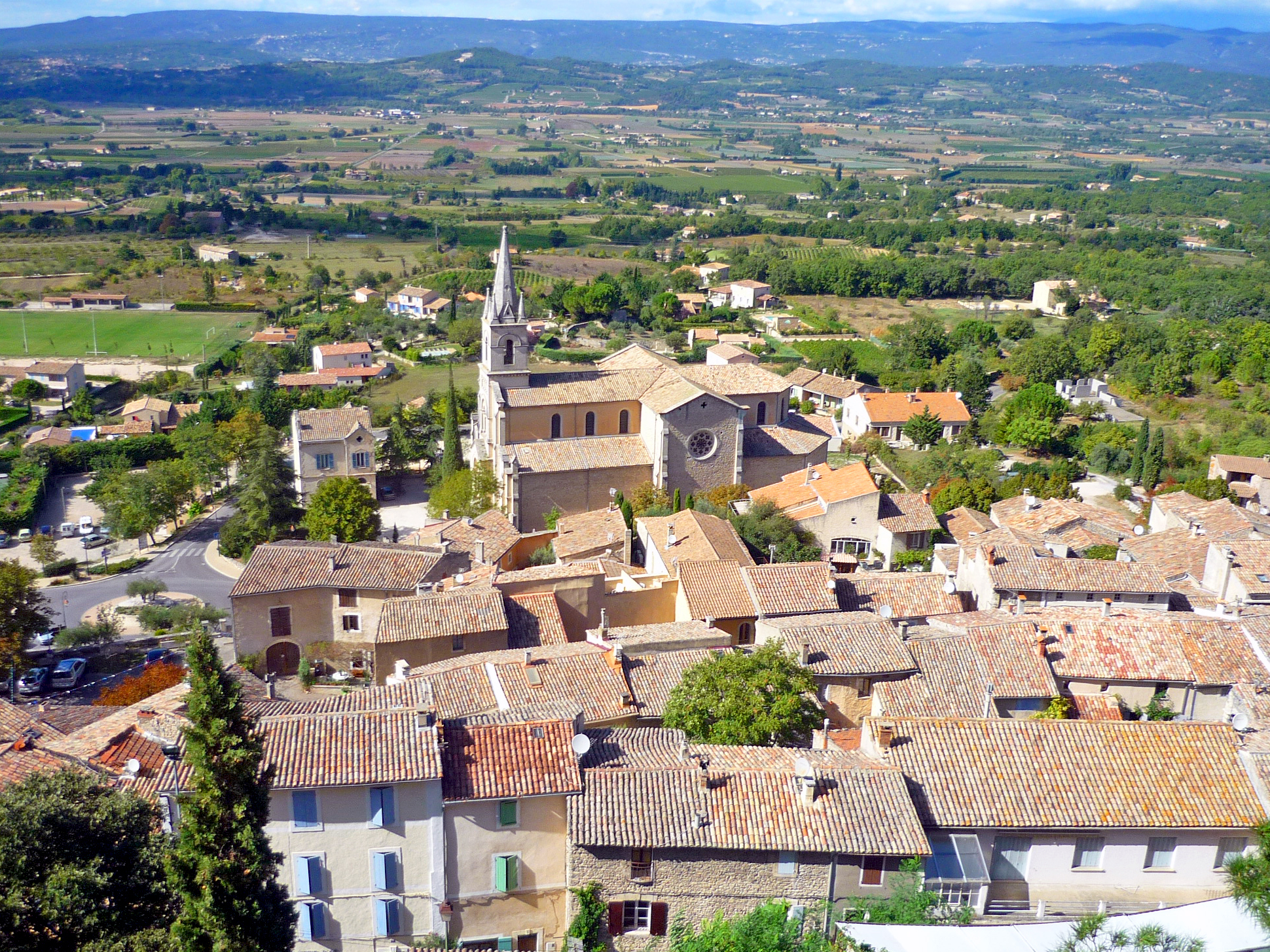
The perched village of Bonnieux (pop. 1,400) occupies the north side of the Luberon. It commands breathtaking views of the plains of the Calavon River, the Vaucluse Plateau and Mount Ventoux. The Bonnieux valley leads down to the village, which is linked to the Lourmarin valley. These two valleys are the only route crossing the Luberon.
The site’s occupation dates back to the mid-Palaeolithic age, 58,000 B.C. The village possesses numerous monuments, such as two Roman bridges: Pont de la Combette and Pont Julien (3 B.C.). As early as 972, a fortress and walls surrounded the town.
Bonnieux was also pontifical land from the 14th century until 14 September 1791. On that date, France annexed the village and the Comtat Venaissin County, which belonged to the Pope. For a short time, Bonnieux was included in the Bouches du Rhône département before being integrated into the newly created département of Vaucluse in 1793.
Find out more about Bonnieux.
Places of interest
Bonnieux also has a bakery museum (musée de la boulangerie) and a church from the 12th century displaying both Romanesque and Gothic styles. Next to Bonnieux is the Claparèdes Plateau, housing several pastoral rock huts (called ‘bories’) and an oppidum dating back to Neolithic times.
Bonnieux was initially built at the foot of its current location and moved up in the Middle Ages for defensive reasons. Finally, during Roman times, the Cadiz to Milan route passed by Bonnieux.
Lourmarin
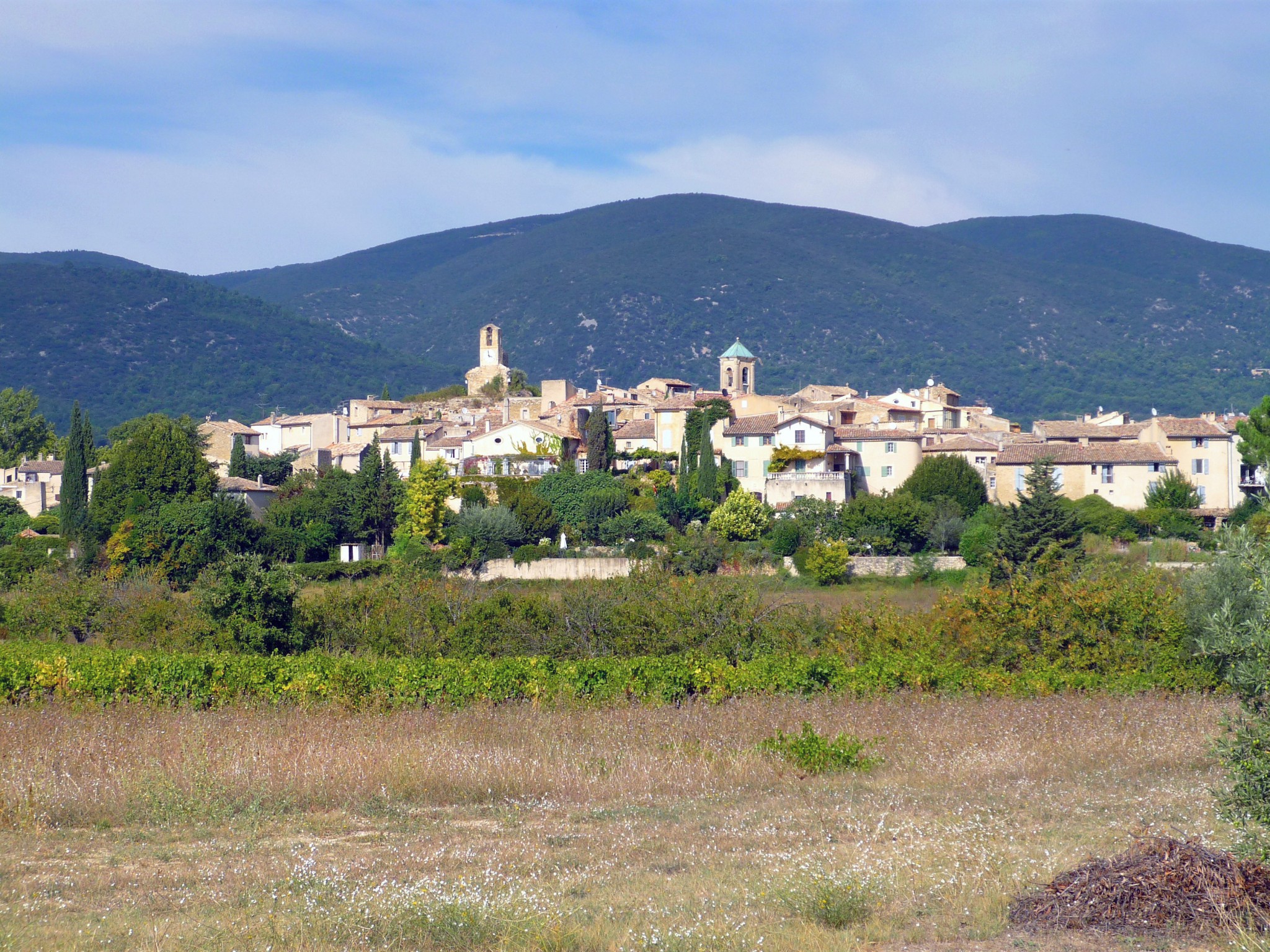
The charming village of Lourmarin stands at the end of the Lourmarin Valley (a passage between the Petit and the Grand Luberon).
On a hill slightly outside the village stands the Lourmarin castle, built during the 15th century on the ruins of a medieval fortress.
It is also worth seeing the old windmill without its sails, but the village, with its restaurants and the picturesque paved streets, is enchanting.
Find out more about Lourmarin.
Cucuron
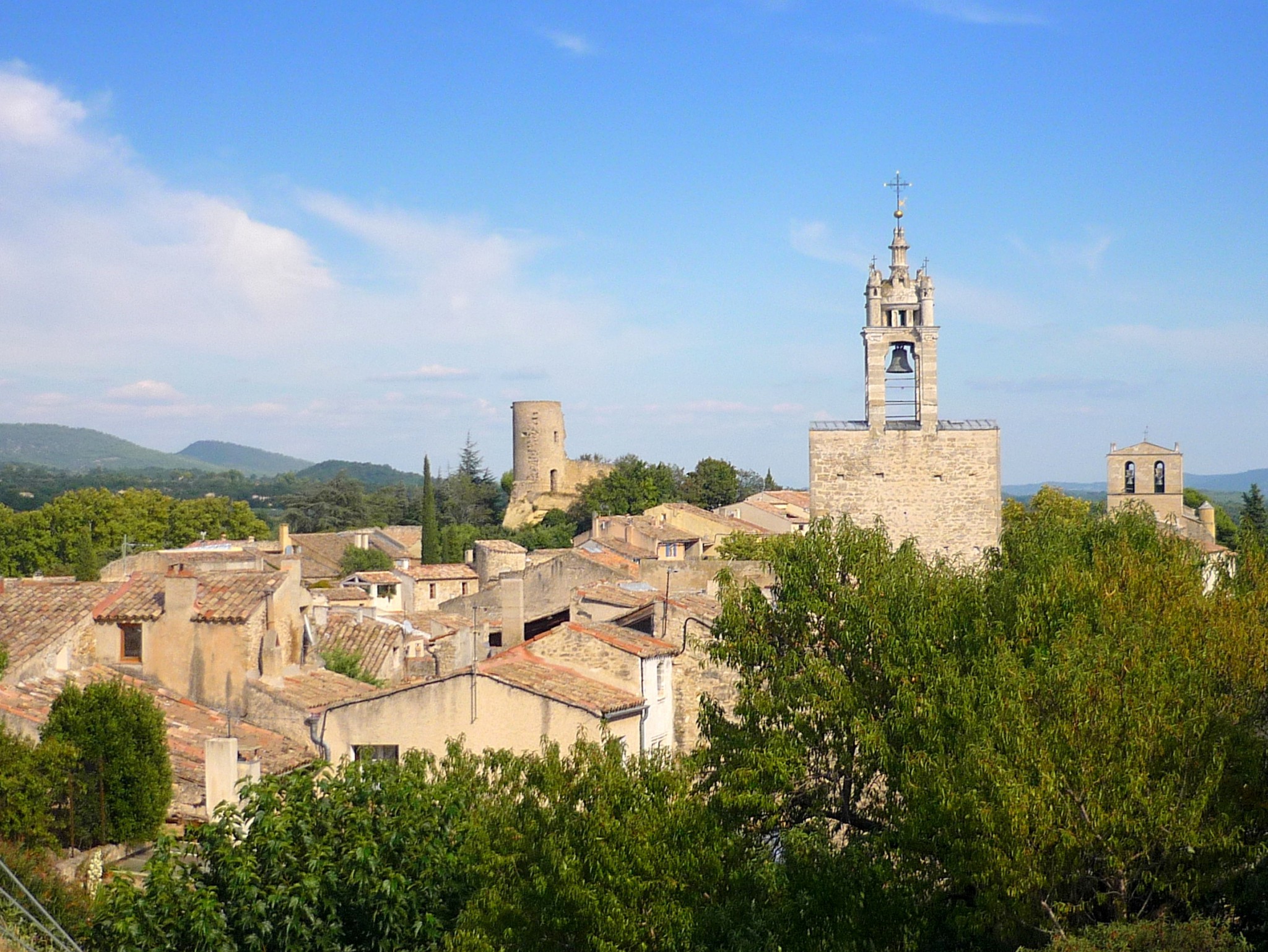
South of the Luberon lies Cucuron, on the northern side of the Aigues valley. The village dominates the vineyards from a 375-metre high hill.
A bit of history
The origin of the name Cucuron is unclear.
- Some say it comes from Julius Caesar saying, ‘Cur currunt?’ while watching enemies flee (why are they running?).
- Others argue it draws on the word ‘Kuk’, which means a site on a high mountain.
The actual village dates back to the 11th century. Before then, it was just a castrum. In 1720/1721, the village suffered a plague epidemic which had spread from Marseilles (65 km away).
Sightseeing
Cucuron is not only charming due to its picturesque atmosphere. It boasts some interesting monuments:
- the Notre Dame de Beaulieu and Notre Dame de Beauvoir churches,
- medieval walls and gates, castle ruins – especially the Saint Michel Tower,
- an oil mill in a cave in the wall south of the village and
- the basin of a quadrangular pond, both from the 16th century.
The first Saturday after the 21st of May, Cucuron celebrates “Saint Tulle Day” with the ritual of “l’arbre de main” (the hand tree). A poplar is carried on the back of men across the village and erected in front of the church, commemorating the Saint who ended the plague.
👉 Discover Cucuron on the blog
Apt
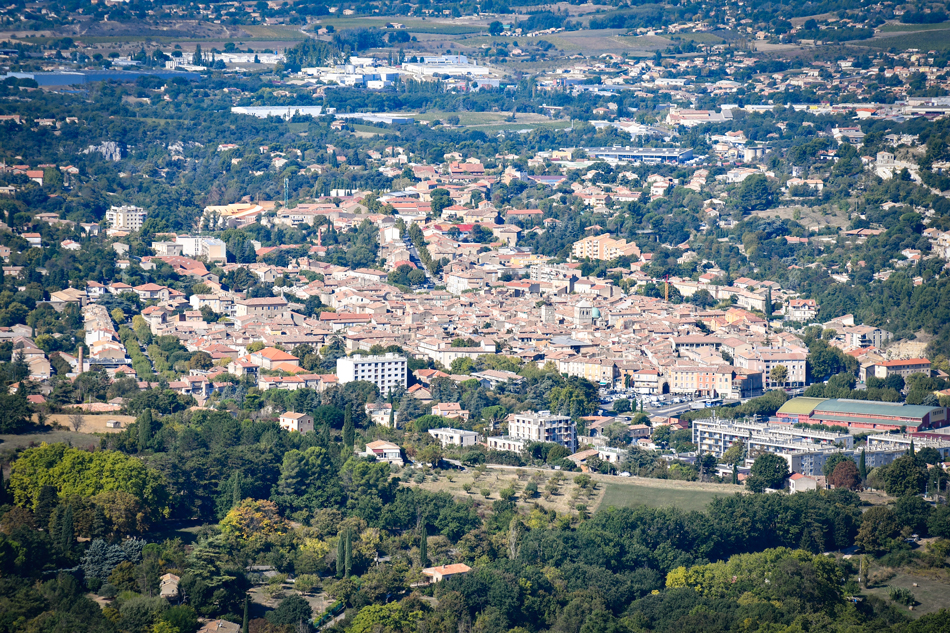
Apt lies between the Luberon and the Vaucluse mount on the shores of the Calavon River. Julius Caesar created Apt in 45 B.C. Although habitation of the site dates back to prehistoric times, the Roman occupation is evident from the amphitheatre and the baths.
The ruins of its medieval walls still surround Apt and its cathedral, Sainte-Anne. The city used to have six gates. Only one stands today: the Porte Saignon with its tower “de l’hôpital”. The town’s specialities are candied fruits and earthenware/china. Like most localities in the Luberon, it produces wine, olive oil, and cherries.
Find out more about Apt on the blog.
The Colorado of Rustrel
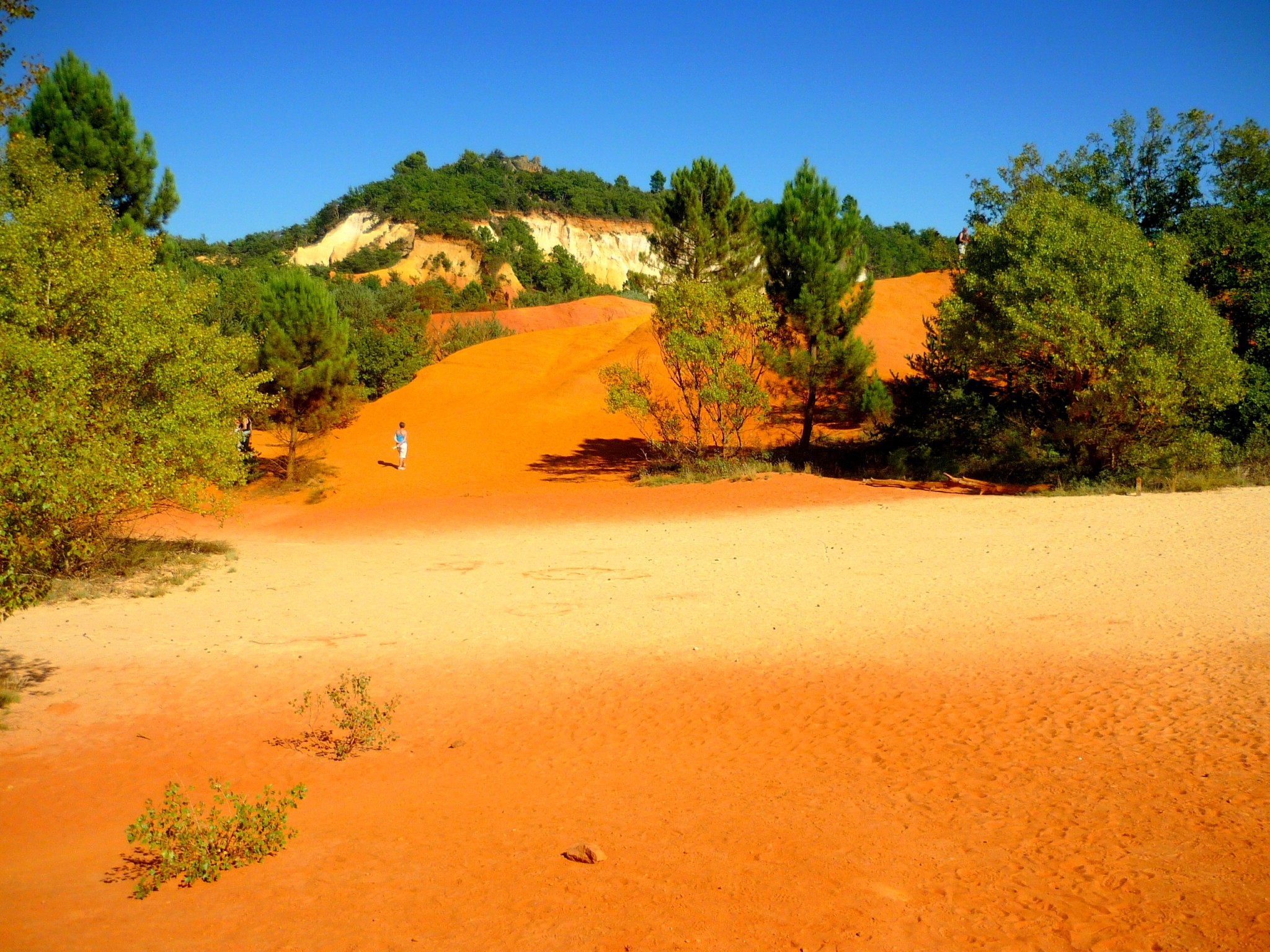
Near Apt, the unexpected Colorado of Rustrel ranks among Provence’s most beautiful attractions. Situated on one of the most significant ochre quarries in the world, the Colorado of Rustrel was, at one time, one of the best-known producers of ochre in France. Today, the hues and the strange-looking shapes of the outcrops, shaped by centuries of exposure to the elements, are breathtaking.
Find out more about the Colorado of Rustrel.
Roussillon
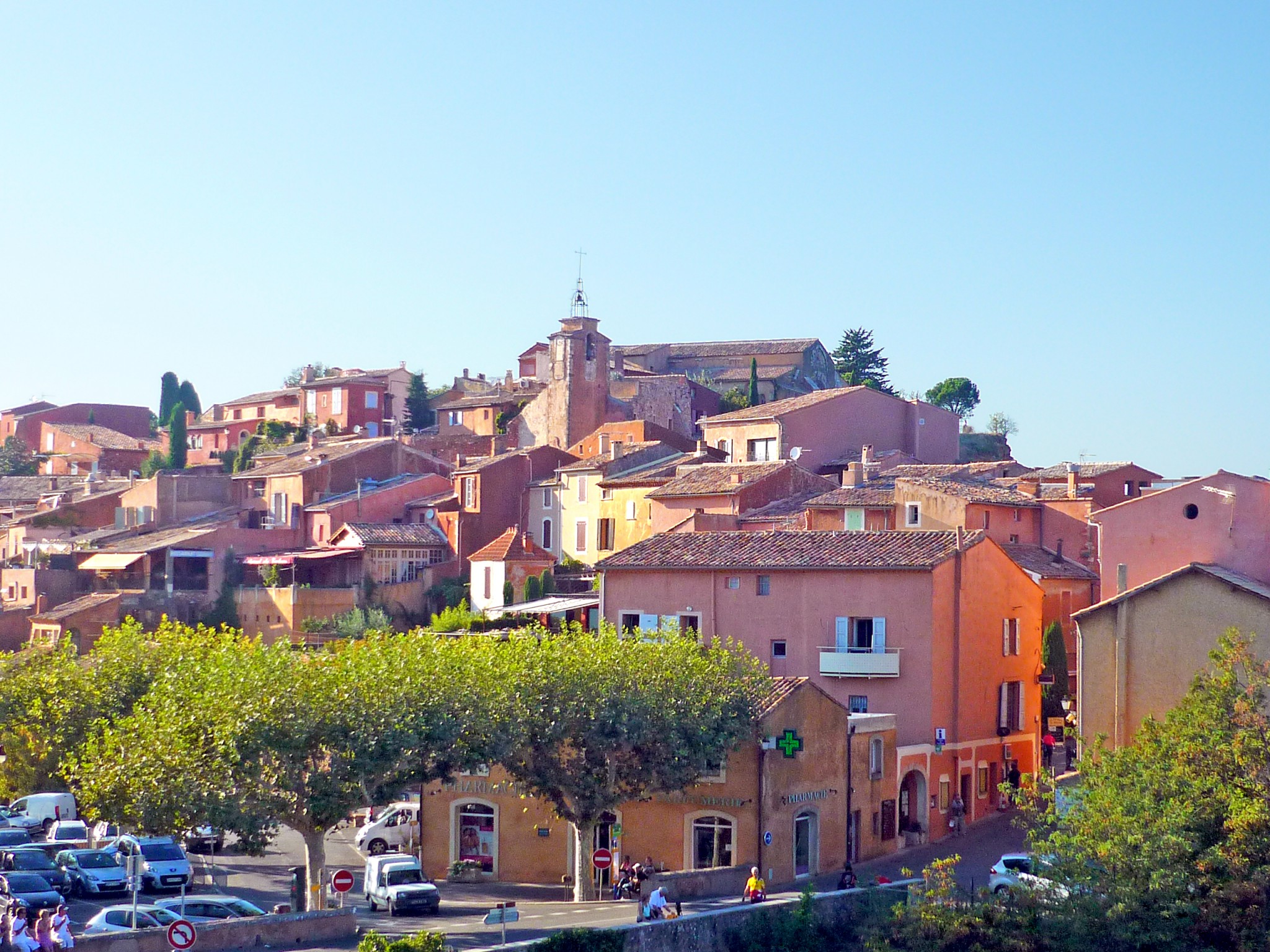
Roussillon lies in the northern part of Luberon, between the Petit Luberon and the Vaucluse Plateau. The village is famous for its ochre quarries that were exploited from the end of the 18th century until the 1930s. Roussillon is a delightful Provençal village and the second most visited in the Luberon after Gordes.
Find out more about Roussillon.
Gordes
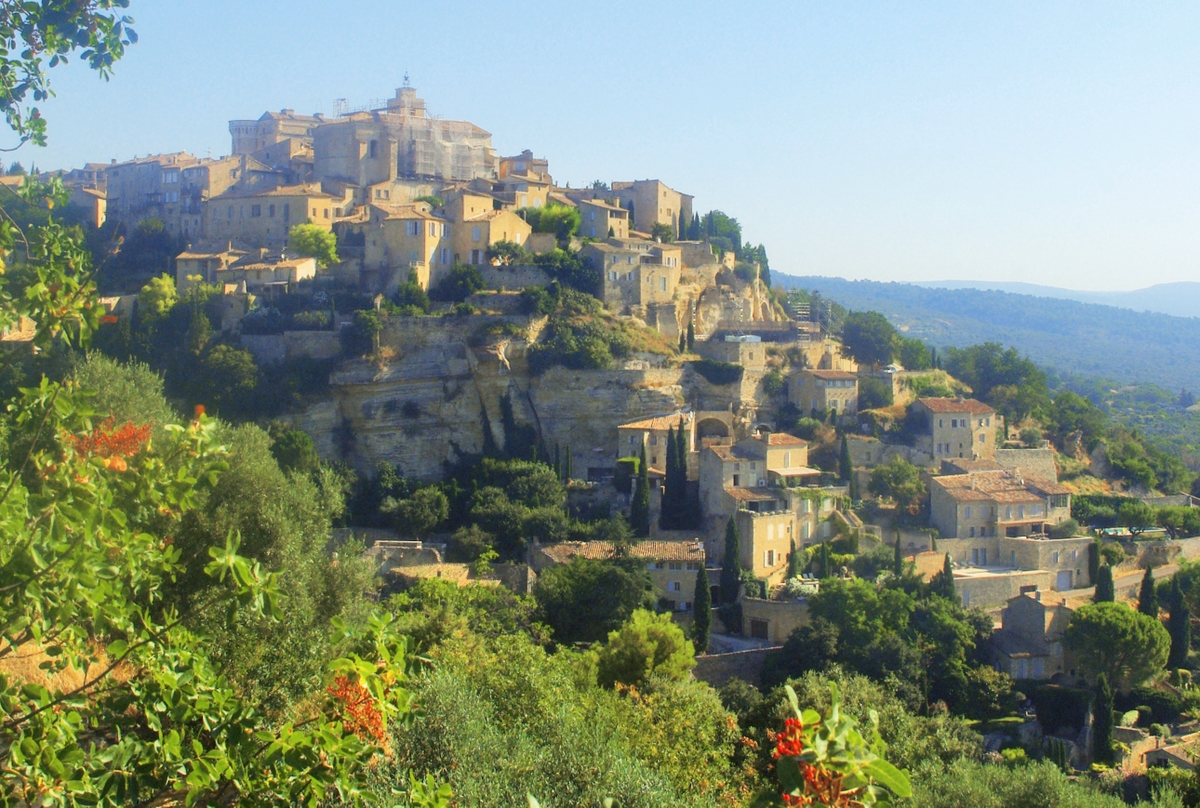
The village of Gordes is perched on a rock at 635 metres high. One of France’s most beautiful villages, it occupies the Vaucluse plateau’s south flank, above the Calavon River plain opposite the Luberon mountain range. It is the most visited locality in Luberon and enjoys 300 days of sunshine a year.
What to see in Gordes? Its two abbeys (Saint Chaffret and Sénanque), the Saint Firmin palace, ancient paved streets, mills, chapels and washhouses.
Find out more about Gordes, the Abbey of Sénanque and the Bories.
Fontaine-de-Vaucluse
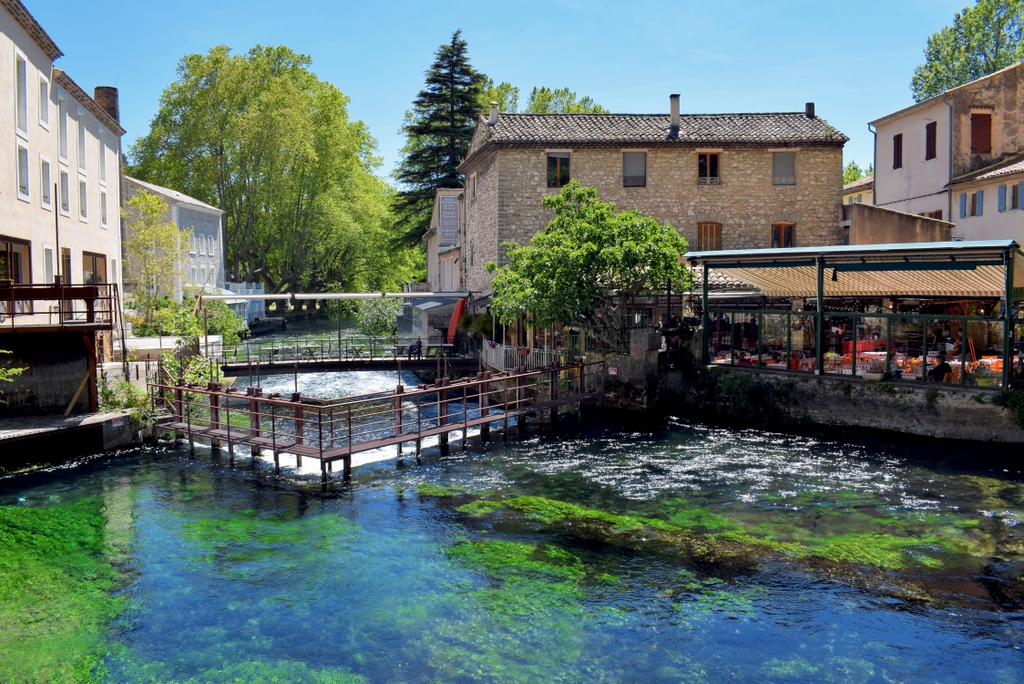
The village of Fontaine-de-Vaucluse lies on the bank of the Sorgue River. It stretches around its source in a dead-end valley at the feet of the Vaucluse plateau. The locality takes its name from the famous and abundant water source nearby. Fontaine-de-Vaucluse is surrounded by chalky hills 230 to 240 metres high.
Find out more about Fontaine-de-Vaucluse.
Find out more about the Luberon
How to get to the Luberon
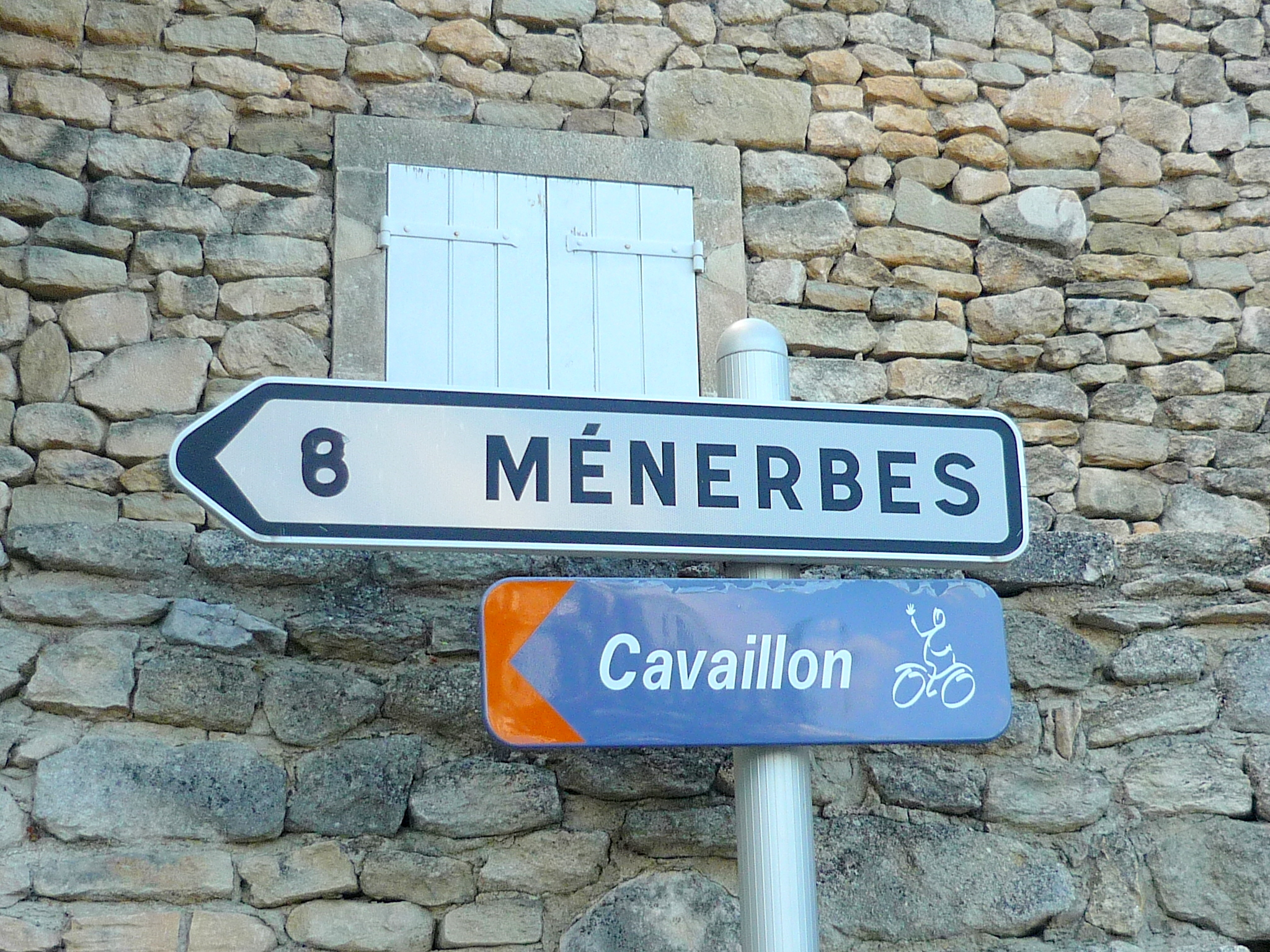
- Car. The Luberon is easily accessible by car from Provence’s main cities, Marseille, Toulon, and Avignon, as well as from the cities of Lyon and Montpellier through an excellent network of motorways, the French “autoroutes”.
- Air. If you travel from Australia or America, you could take a flight to Paris Charles de Gaulle, and travel by TGV from the airport station straight to Avignon and rent a car from there.
- Train. The TGV from Paris-Gare de Lyon takes less than 2.45 hours to the TGV station of Avignon.
Resources
- On the blog: 7 Villages to Visit on your Dream Holiday in the Luberon
- Check out the website of Luberon Coeur de Provence for more practical and touristic info on this incredible region.
- 🚘 Discover Provence in a 2CV. Stroll along exceptional roads and enjoy a piece of Luberon all to yourself!
Pin it on Pinterest
